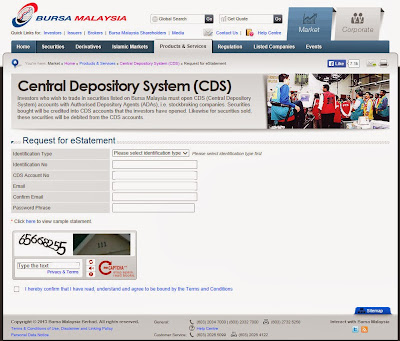Year 2012 has been a challenging year for semiconductor industry, with Semiconductor Equipment and Materials International (SEMI) Book-to-Bill ratio sunk below 1.00 and bottomed at the 3rd quarter.
The
SEMI Book-to-Bill Report provides a first look at the book-to-bill ratio for North American Headquartered Semiconductor Equipment Manufacturers. The 3-month average global bookings and billings are a strong indicator for trends in the worldwide semiconductor industry. A book-to-bill ratio above 1.00 indicates strong demand, while a ratio below 1.00 implies weaker demand.
The chart above shows the SEMI book-to-bill ratio has been continuously improved for 8 months, and managed to stay above 1.00 since January 2013. It is predicted that this year will be much better for semiconductor sector than 2012.
Currently there are 6 public companies in this sector listed in Bursa Malaysia which have a market capital of above RM100 million. They are Globetronics Technology Bhd (
GTRONIC, 7022), GUH Holdings Bhd (
GUH, 3247), Inari Bhd (
INARI, 0166), D&O Green Technologies Bhd (
D&O, 7204), Malaysian Pacific Industries (
MPI, 3867) and UNISEM (M) Bhd (
UNISEM, 5005).
Let's see how they are performing over the last 6 quarters.
The big players
MPI and
UNISEM are not doing well, with lost-making quarter results. The 3rd biggest player
GTRONIC is doing pretty well, and reported the highest net profit among 6 of them for the last 2 quarters.
Among the smaller players,
D&O is not doing well,
GUH and
INARI are doing well.
The 3 counters that didn't make any lost during the past 6 quarters are
GTRONIC,
GUH and
INARI.
Digging into more detail,
GTRONIC and
GUH are the winners for having much stronger financial position than
INARI.
Note that
GUH has diversified into other non-semiconductor related businesses, including property development, electrical trading, oil palm plantation, water/waste water and power generation.
The chart below is extracted from
GUH FY2012 Annual Report. It seems that
GUH does not show a growth pattern in profit making over the last 5 years.
As a result, we can see that the stock price for
GUH is also side-lining.
Meanwhile,
GTRONIC has also ventured into several new businesses within the industry. Currently, their business is running on 4 key drivers:
- Integrated circuits
- Timing and quartz crystal devices
- LED components
- Sensor manufacturing
In FY2012, they have spent RM37.7million on CAPEX, including RM30million strategic investments in sensors products for the smart phones and tablets markets.
Their existing sensor products are single-port sensors, i.e. power management devices that ensure power efficiency in smartphones and tablets. They are co-developing with their clients a new generation of multi-port proximity sensors that support multiple functions, which are expected to materialize by 4Q13 or 1Q14.
Their LED components are mainly found in automotive applications, general lighting and household electrical applications. The LED business has been challenging as more and more players are jumping into the bandwagon, squeezing out the profit margin. To counter this competition,
GTRONIC keeps moving on with latest technology and innovation.
They now using innovative US LED technology to produce HB LED modules with single bin or single group of white light that could be fully utilised in the general lighting market. They are also working with a multi-national corporation to produce multi-colour programmable LEDs for the stage and display lighting markets in Europe. They are also venturing into the LED components for smartphones and tablets.
GTRONIC has a pretty solid financial track record. The table below is extracted from
their FY2012 Annual Report. They show continuous growth in profit making since 2009.
As a result, the stock price of GTRONIC also steadily growing, and hit 100% gain in 2 years time.
Between
GTRONIC and
GUH,
GTRONIC also has the upper hand in dividend yield. Its DY is even higher than most of the REIT counters listed in Bursa Malaysia. They mentioned in
their FY2012 Annual Report that they are among the top 50 dividend yielding stocks in Bursa Malaysia.
Disclaimer: This article is intended for sharing of point of view only. It is not an advice or recommendation to buy or sell any of the mentioned stock counters. You should do your own homework before trading in Bursa Malaysia.





























